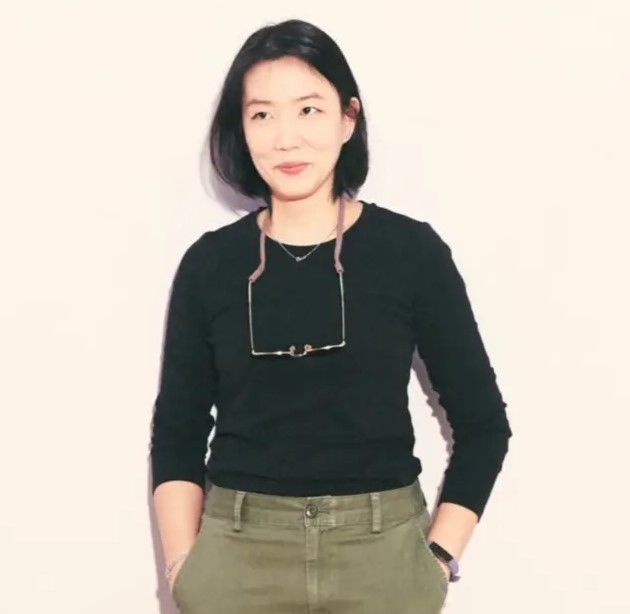Forgotten Floors presents a systematic documentation of Bangkok's pervasive urban paradox: prime commercial real estate that thrives at street level while the residential floors above deteriorate into visual abandonment. Through a methodical photographic survey, this project reveals the stark contradiction between a city's aspirations as a world-class tourist destination and the aesthetic neglect that defines its vertical landscape.
Bangkok's residents have grown unconsciously accustomed to this deteriorating panorama—grimy, vacant windows have become so commonplace they fade into invisibility. Yet the fundamental role of art is to restore sight to the familiar, to render visible what habit has made transparent. This project seeks to break through our collective visual anesthesia, compelling viewers to confront an urban condition that has been normalized through repetition.
In major metropolitan centers worldwide, property owners increasingly recognize their responsibility as custodians of the shared visual environment. The aesthetic quality of our built environment constitutes a collective resource—a commons that affects every citizen's daily experience and the city's international image.
The proliferation of these abandoned upper floors represents a form of visual pollution that undermines Bangkok's urban dignity and tourist appeal. By presenting this systematic neglect as a coherent body of work, Forgotten Floors aims to catalyze political awareness and policy reform.
This project ultimately calls for a reimagining of how we understand property ownership—not merely as individual dominion, but as participation in the collective creation of our shared urban landscape.



























































































